Like any collectible card game, Magic: The Gathering has a number of different deck archetypes that define the metagame.
In any competitive format, developer Wizards of the Coast works hard to find balance with different kinds of decks keeping each other in check. Here’s everything you need to know about the archetypes of Magic.
Archetype concepts
Before getting into the archetypes themselves, it’s important to understand concepts around how they’re designed and balanced. Each archetype specializes in different areas along with these concepts.
- Early vs. late: When in the game does this deck shine? Early-game decks tend to play threats early and aim to shut the door before late-game decks can stabilize. Late-game decks, on the other hand, try to conserve resources and answer those threats until they can establish an upper hand.
- Linear vs. disruptive: How much interaction does this deck have with its opponents’? Linear decks typically have a well-defined gameplan and build up to a win condition. Disruptive decks are all about breaking their opponents’ plan and winning by giving them no way to achieve victory.
- Threats vs. answers: How much of this deck is dedicated to winning the game? Threats are defined as cards that can take over a game unless answered. Answers take care of threats, but often have constrained designs—no single answer can take care of every threat.
- Tempo vs. inevitable: How important is timing to this deck? Tempo plays rely on specific timings to deal with threats or answers, such as a critical counterspell to devastate an opponent’s gameplan. Inevitable decks, on the other hand, know they have a superior long-term gameplan, so individual timings aren’t as critical as brute strength.
- Redundant vs. unique: How much of this deck does similar things? Redundant decks have many cards that do the same thing, which improves the likelihood of executing the intended gameplan from turn one. Unique decks rely on powerful and unique effects that need to be drawn into over the course of the game, risking a loss if they can’t be found in time.
Magic‘s deck archetypes
The four archetypes in Magic are Aggro, Midrange, Control, and Combo.
Aggro (Early, Linear, Threats, Redundant)

Aggro decks want to kill an opponent as quickly as possible. They often sacrifice powerful effects and long-term strategy for simple, repeatable threats that need immediate answers. Aggro decks can sometimes dip into disruptive strategies or even combo elements to pull off a quick win. If you want to play aggro, check out these decks.
- Standard: Mono Red, Vampires, Feather
- Modern: Affinity, Infect, Burn, Spirits, Wizards
- Vintage: Shops, Survival
Midrange (Threats)

Midrange decks are all about big, hard-to-kill threats. They’re slow out of the gate but tend to take over around turn four or five when they can start throwing haymakers. Notably, they eschew a lot of the above deck concepts, primarily because they lie in the center of many. Against aggro decks, they’re inevitable and disruptive, but against control, they’re linear and rely on tempo. Here are some good examples of midrange decks.
- Standard: Dinosaurs, Esper Hero, Bant Ramp, Gates
- Modern: Jund, Tron, Collected Company
- Vintage: BUG, Dredge
Control (Late, Disruptive, Inevitable)

Control decks don’t care about winning—at least at first. They’re usually built around answers and disruption, relying on draining an opponent’s resources while protecting their own. Once their opponent is out of cards and threats, that’s when they go in for the kill, often with an extremely powerful or resilient threat that opponents have no hope of answering. Check out these Control decks if this playstyle sounds fun.
- Standard: Esper Control, Grixis Control
- Modern: Azorius Control
- Vintage: Dreadhorde Control, Azorious Control
Combo (Linear, Inevitable, Unique)

Combo decks get the job done with unique interactions between cards that intend to win the game immediately if left uninterrupted. Often, that even means “going infinite” by repeating a certain sequence until there’s no possible way to lose. Combo decks often have controlling and tempo elements that allow them to survive until they can unleash their combo. Here are some format-defining Combo decks.
- Standard: Nexus, Scapeshift, Kethis Combo
- Modern: Four-Color Urza, Storm, Ad Nauseum, Amulet Titan, Grishoalbrand
- Vintage: Dark Depths, Belcher, Paradoxical Storm, Citadel


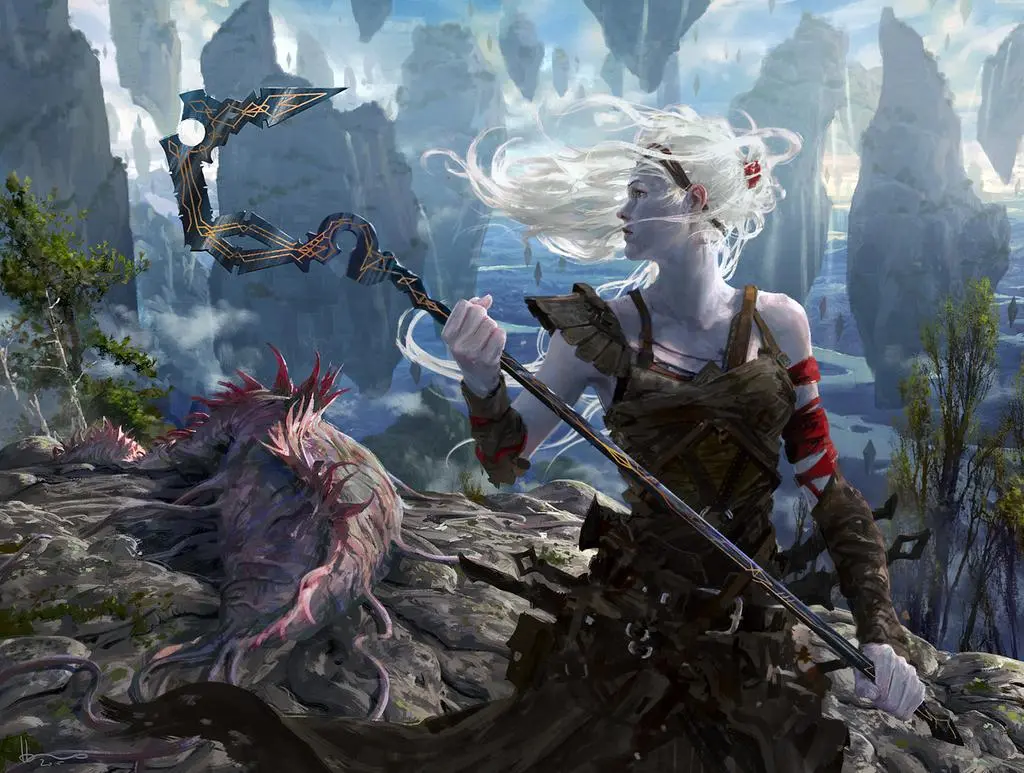
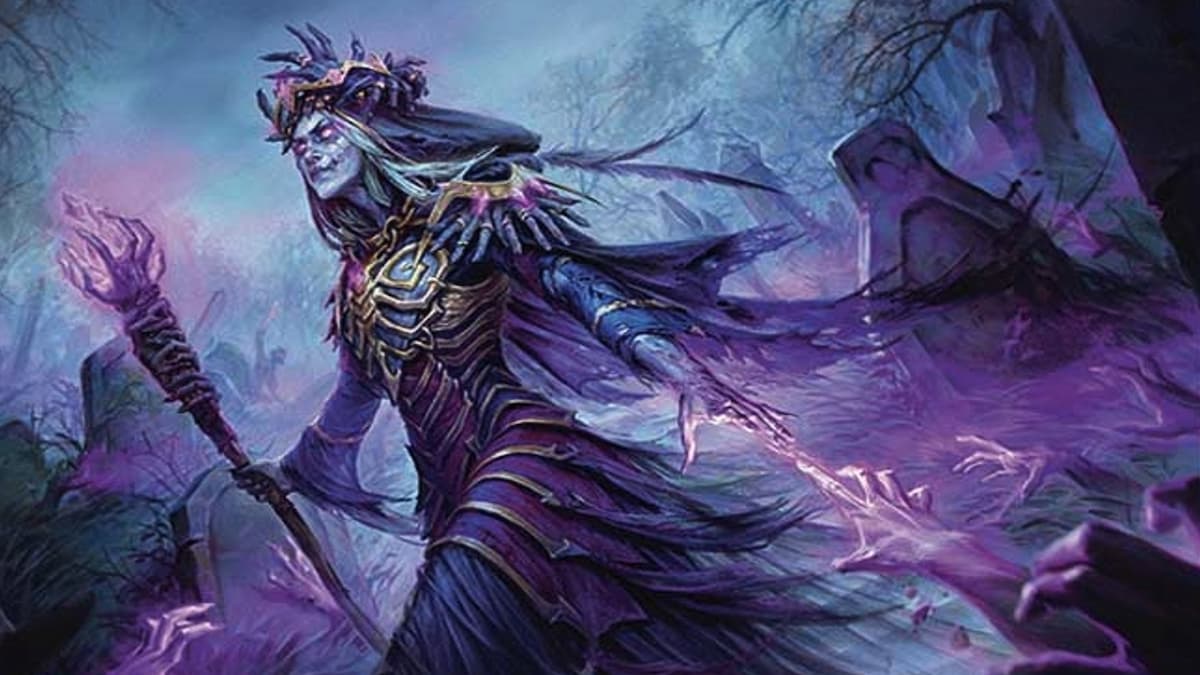
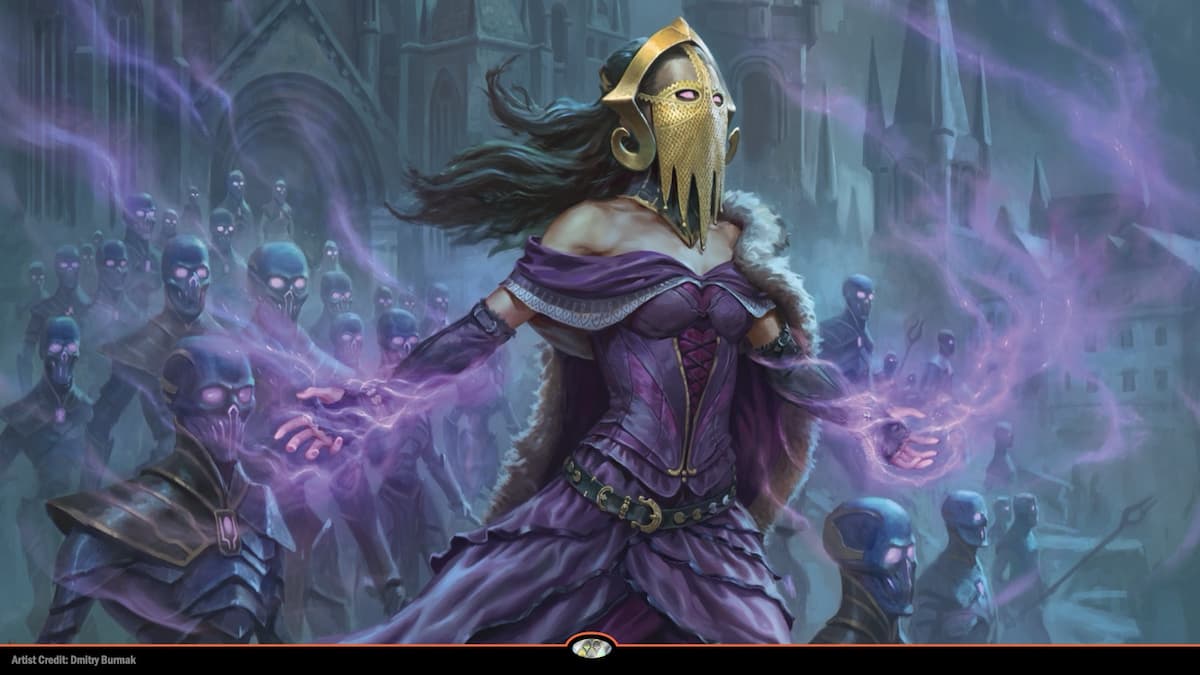
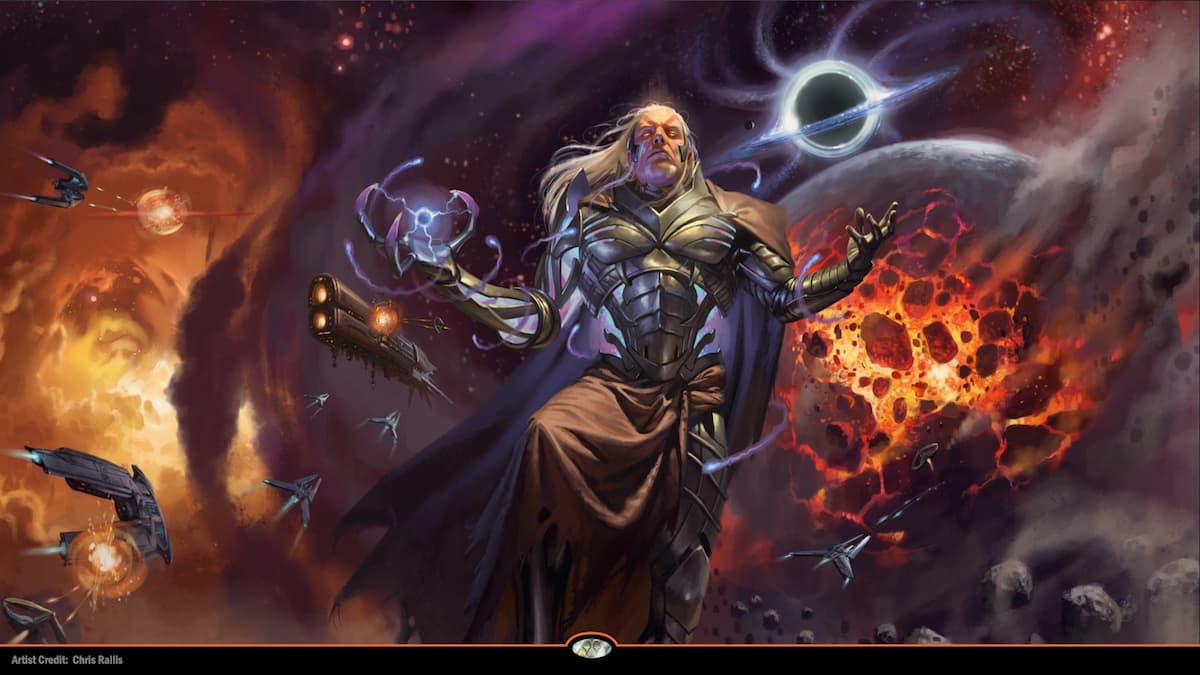

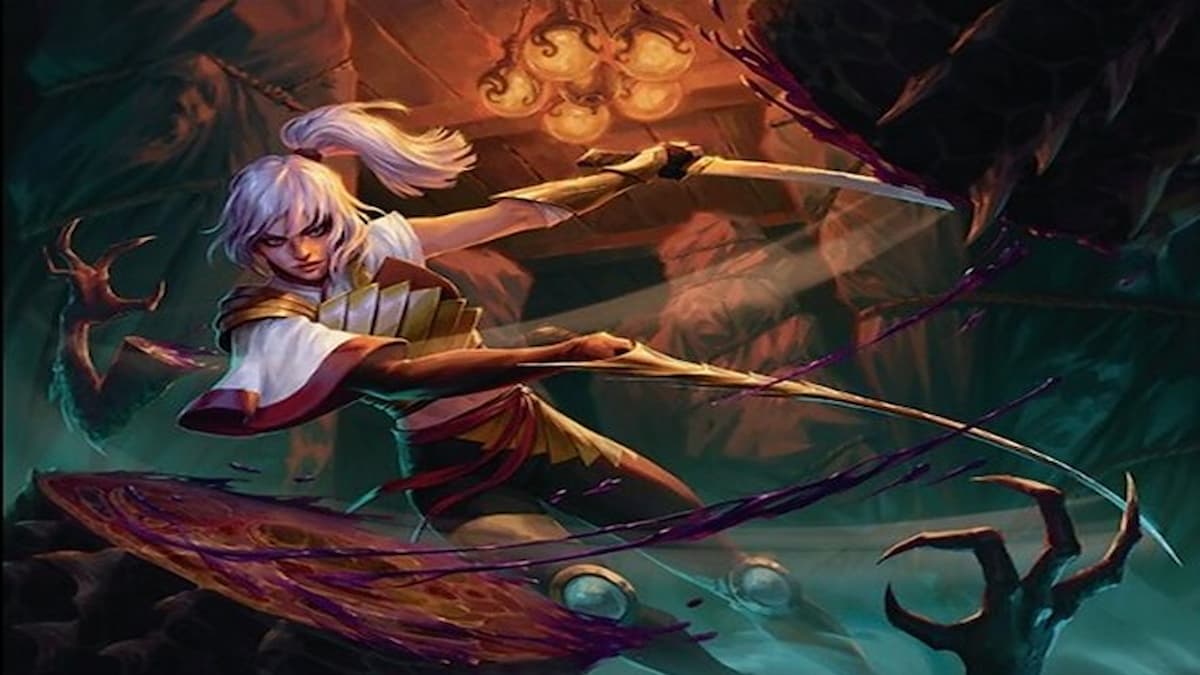
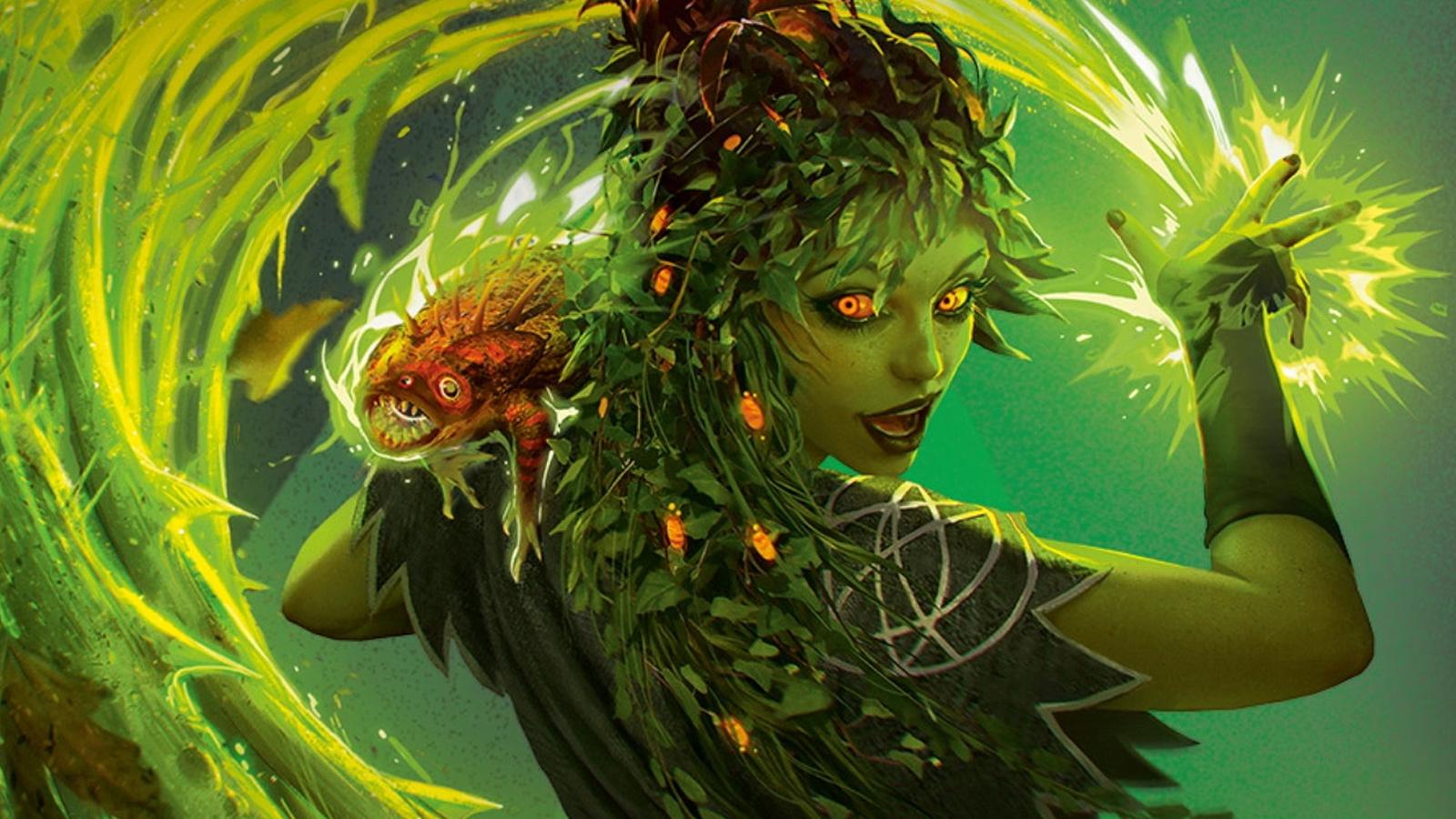
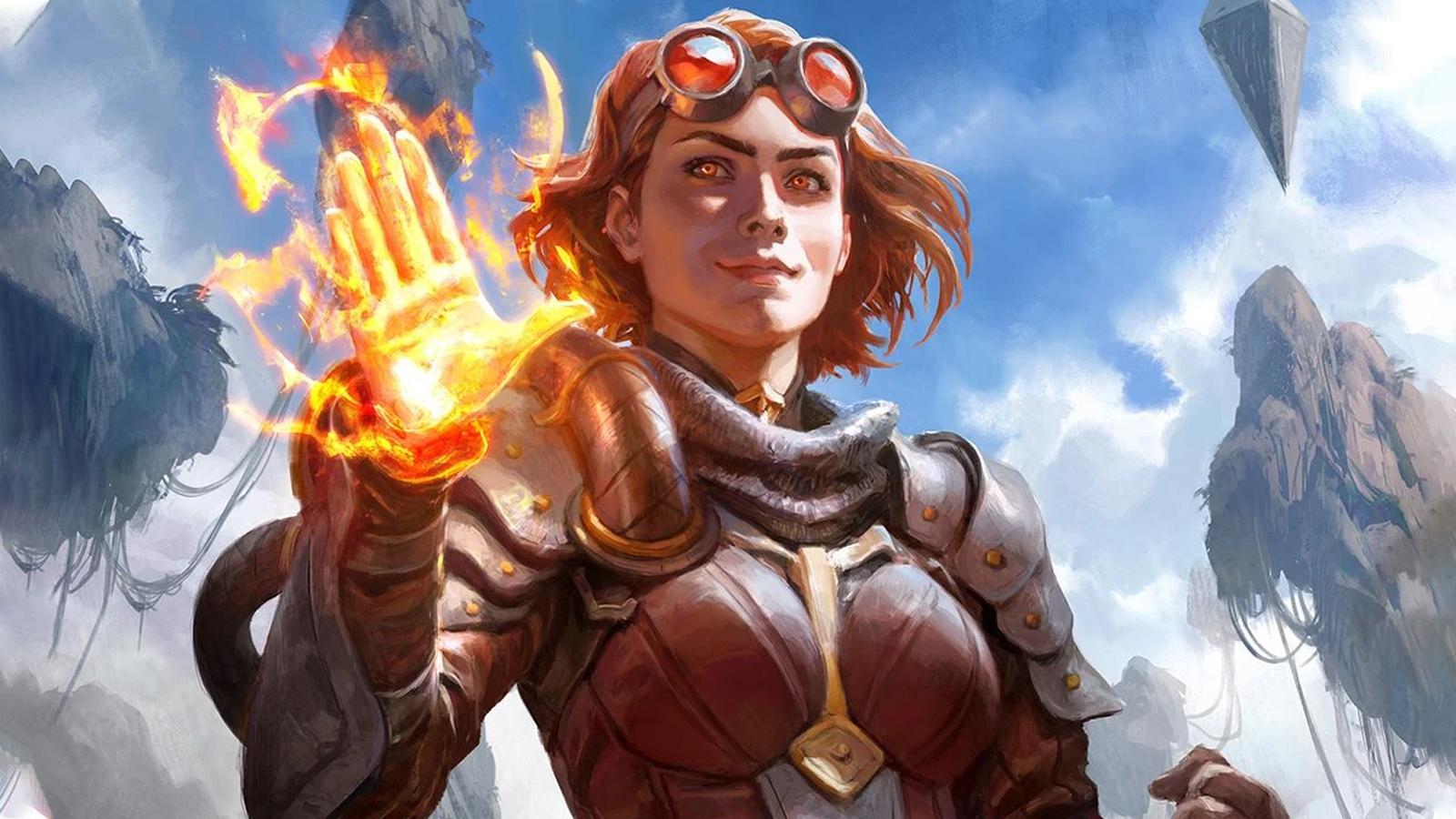
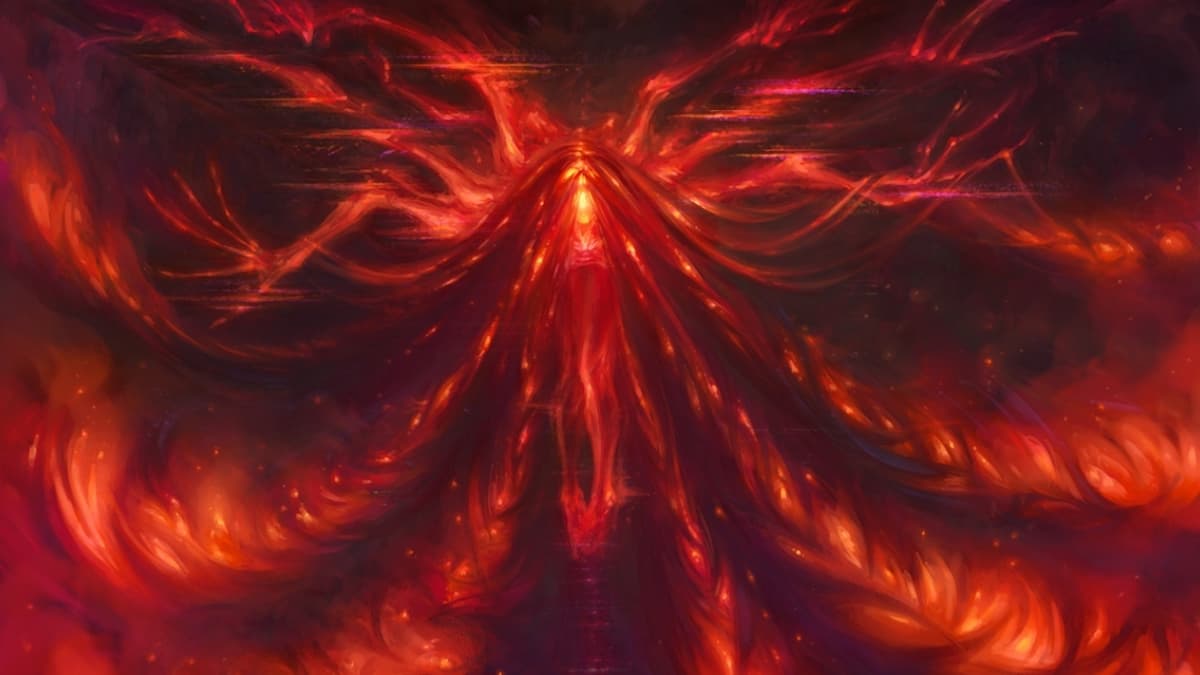
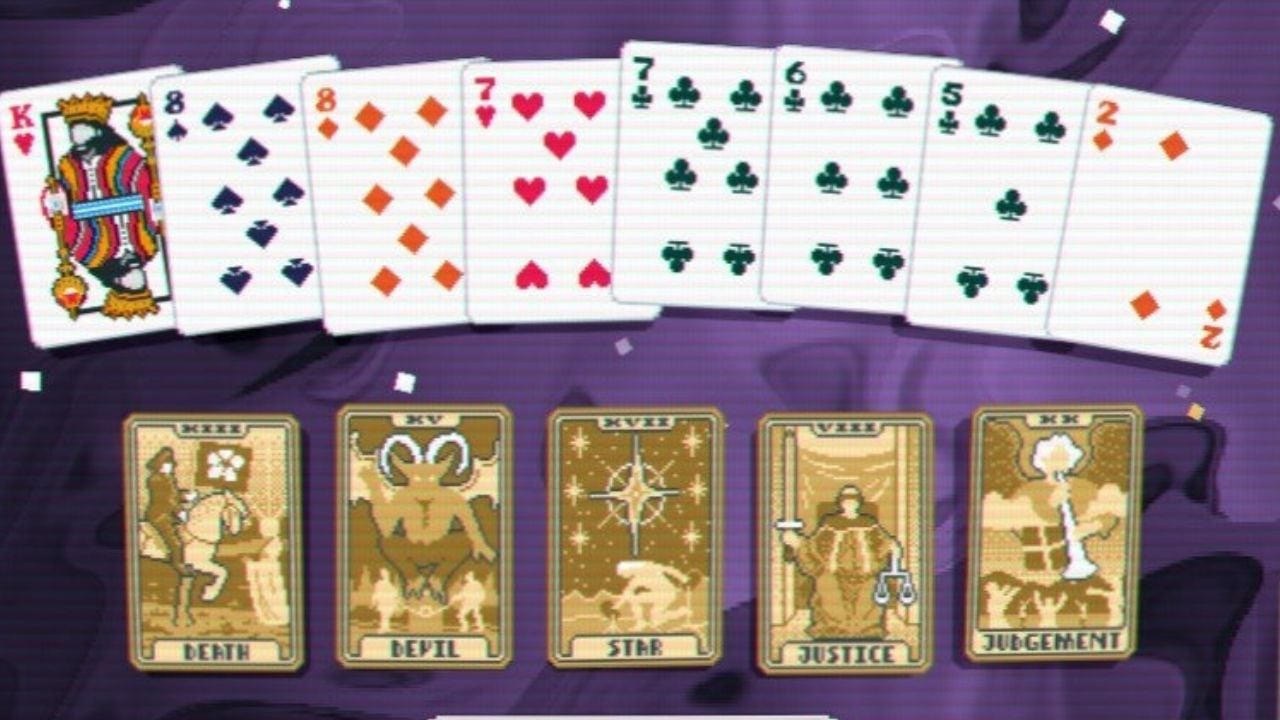
Published: Sep 2, 2019 10:16 am